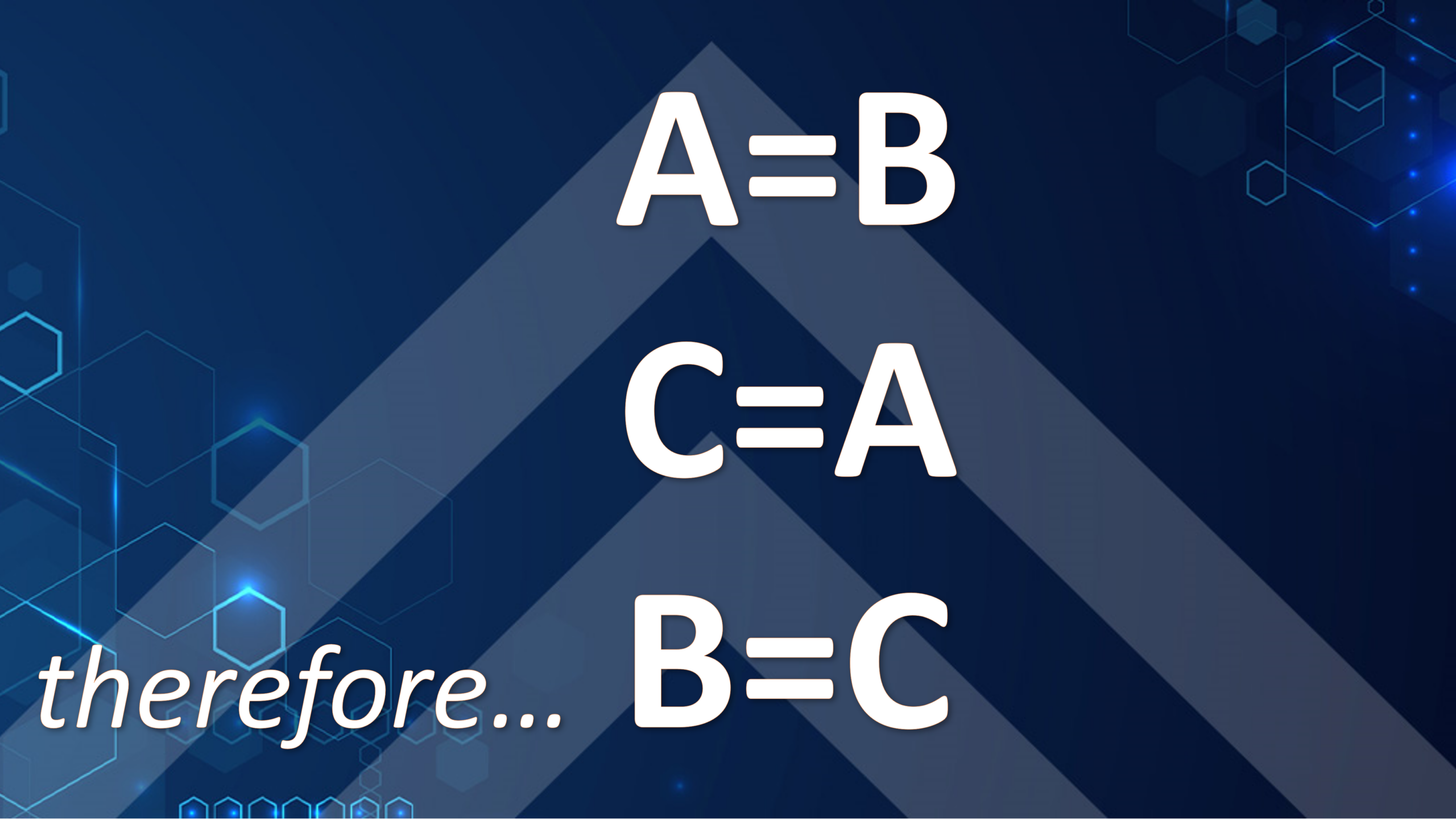Although the pilot program for Parallel Scientific Advice (PSA) meetings with U.S. and the EMA for complex generics and hybrid products is relatively new, there have been only two requests for meeting participation thus far. According to the FDA, “The Parallel Scientific Advice (PSA) pilot program allows for applicants to engage in concurrent scientific conversation with both agencies, the FDA and the European Medicines Agency (EMA), on key issues during the development phase of complex generic drug products and hybrid products” (here). There are a couple of barriers that make this program a bit of an enigma for many U.S. firms. Chief among them are the fees that are associated with the program in Europe for PSA meetings, as well as the regulatory/legal requirements surrounding the use of the comparator for bioequivalence testing in the EU and U.S.
In the U.S., there are no user fees associated with the PSA meeting but, for such meetings in Europe, there is a PSA meeting fee of between €53,600 to €107,300 ($57,352 to $114,811), which may be the big turn off for many U.S. firms deciding whether to participate in the pilot. This is especially true considering the GDUFA fee’s year after year rise, coupled with the pressure facing firms that are seeing low margins on many of their generic products.
One of the other biggest disincentives to participation in this program appears to be the regulatory/legal barrier relative to the selection of the standard to use in bioequivalence testing. While many of the reference listed drug products or reference standards marketed in the U.S. and Europe are the same product, the legal paradigm regarding selection of a standard product for bioequivalence testing makes using the reference standard (which is likely the RLD) is viewed as different on each side of the pond, a non-negotiable issue according to both the U.S. and European regulators. This means that firms are likely to have to perform duplicate bioequivalence studies using the reference listed drug/reference standard from each country.
Many are, thus, skipping participation in the pilot for these two main reasons. While there are also other factors, I believe that perhaps the EMA and U.S. should work on harmonizing the regulatory/legal landscape and policy on the RLD/RS issue to really make the future of dual development of products more of a reality. Back when dinosaurs walked the face of the earth (in the mid-1980s), the FDA and the EU were talking about mutual recognition for inspections, but it wasn’t until recently that the regulatory/legal environment has permitted the program to thrive to the advantage of all. Maybe there needs to be more focus on the RLD/RS issue and the legal/regulatory barriers, especially in instances where the regulators know that the products are actually the same. Or should we wait another forty years to acknowledge that we can do better on harmonization in this area to bring down generic drug costs and further reduce duplicative unnecessary human testing. Weren’t those two of the main goals of Hatch-Waxman?



